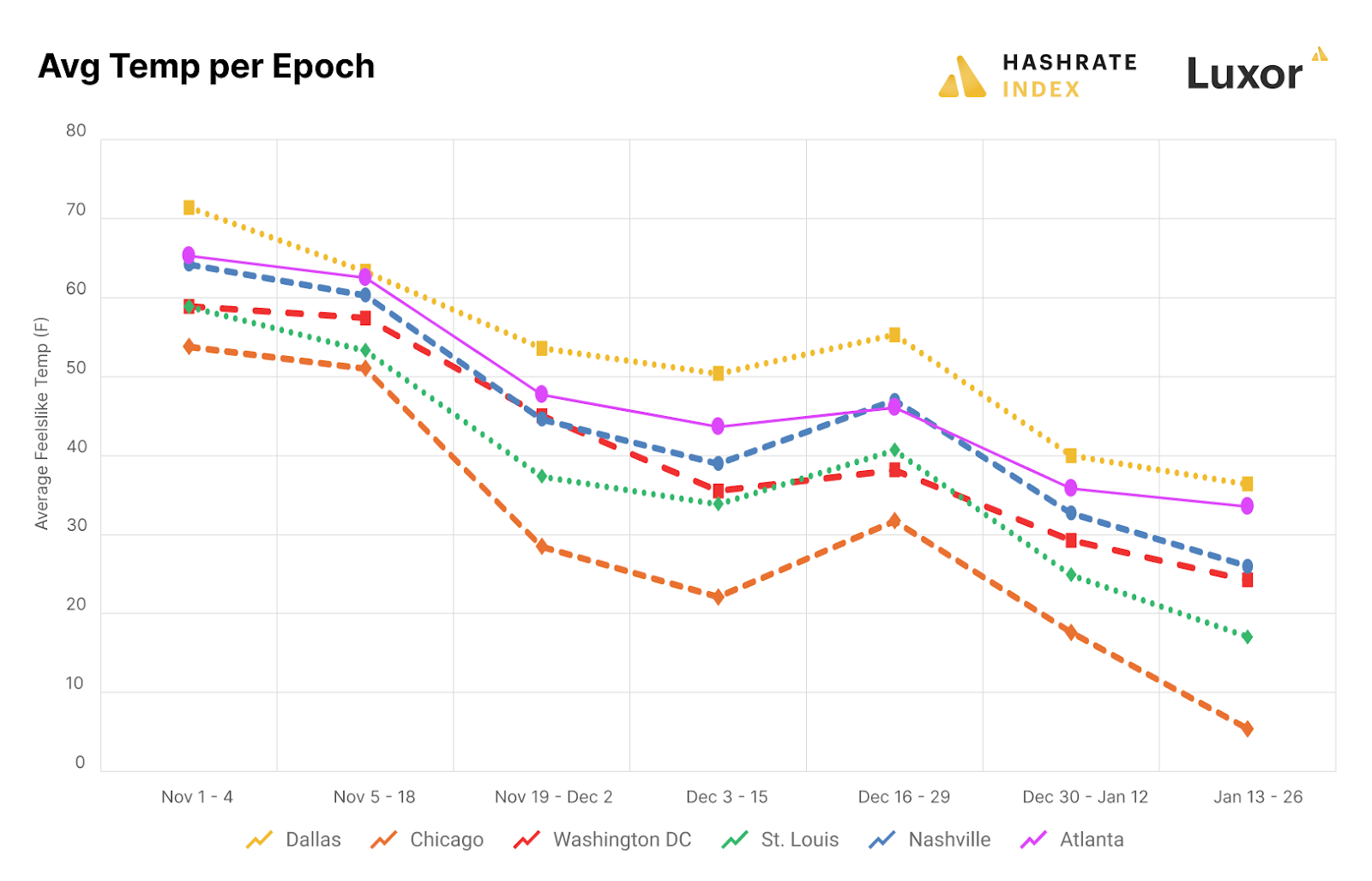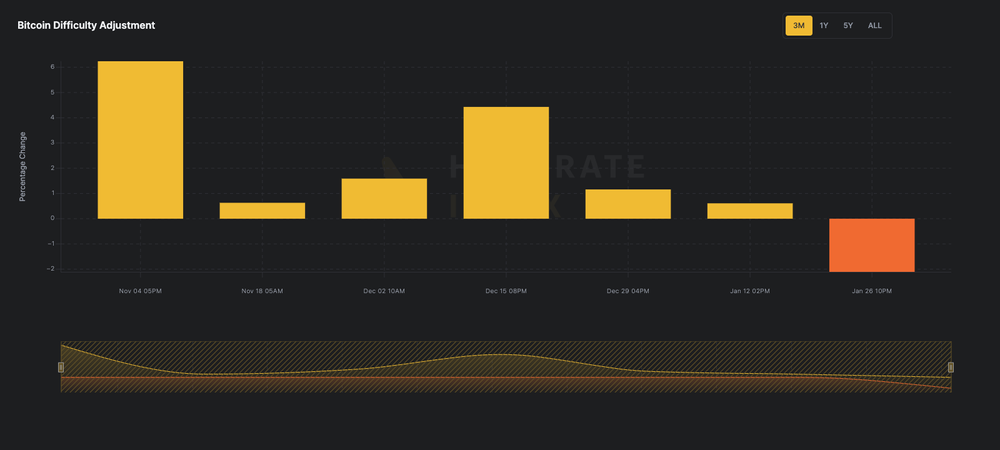
The post Bitcoin Mining Struggles in Texas Amid Rising Power Costs from Arctic Freeze appeared first on Coinpedia Fintech News
January is considered the coldest month in the United States. In the first month of 2025, the country suffered an Arctic blast, causing the average temperature of states like Texas to drop as low as 11 degree celsius. Data suggests that the country’s current cold weather condition has affected the Bitcoin mining industry severely. Let’s dive in to understand how the Arctic Blast has disrupted the mining industry.
US Bitcoin Mining and Texas’s Role
The United States is a prominent player in the BTC ($101,748.74) mining industry. It controls at least 36% of the global bitcoin mining industry. Importantly, Texas, a state in the South Central region of the US, alone handles over 17% of the mining industry.
How Cold Weather Disrupts BTC Mining
The Arctic blast pulled down the average temperatures of several mining-friendly states like Texas in the US. On January 22, the temperature of Texas dropped to as low as zero degree celsius. Most households in the US depend primarily on their electric heating systems to protect themselves from the cold. Naturally, during cold months, the cost of electricity increases.
What makes such a situation worse is the potential of winter storms to disrupt cheap power generation sources like wind and solar. This forces the country to rely heavily on natural gas. Depending too much on natural gas – infamous for its massive price fluctuations – makes the power production process highly expensive.
Electricity Price Surge and BTC Mining Shutdowns

As the price of natural gas increased due to rising demand and falling supply, the average power price grew sharply in January. As the price of electricity increases, the profitability of mining decreases. Reports suggest that miners in Texas, the East and the Southeast faced more uneconomic mining hours in January. The Bitcoin Difficulty Adjustment chart indicates that many Bitcoin miners closed down their mining operations because of rising electricity prices.
 Source: Hashrate Index
Source: Hashrate IndexThe chart shows that the Bitcoin market experienced its first negative difficulty adjustment in four months on January 26, 2025.
- Also Read :
- Grayscale Launches Bitcoin Miners ETF: What Investors Need to Know
- ,
What’s Next for Bitcoin Mining?
Experts believe that the situation will return to normal once the weather scenario in mining-friendly regions, like Texas, in the US returns to normal.
Texas is known for its hot summers and mild to cool winters. The state generally experiences Spring (from March to May), Summer (from June to August), Fall (from September to November), and Winter (from December to February).
The Arctic blast of January 2025 exposed Bitcoin mining’s vulnerability to extreme weather. As temperatures rise, mining operations are expected to recover. However, this event highlights the need for miners to monitor energy costs and weather risks closely.
Never Miss a Beat in the Crypto World!
Stay ahead with breaking news, expert analysis, and real-time updates on the latest trends in Bitcoin, altcoins, DeFi, NFTs, and more.







